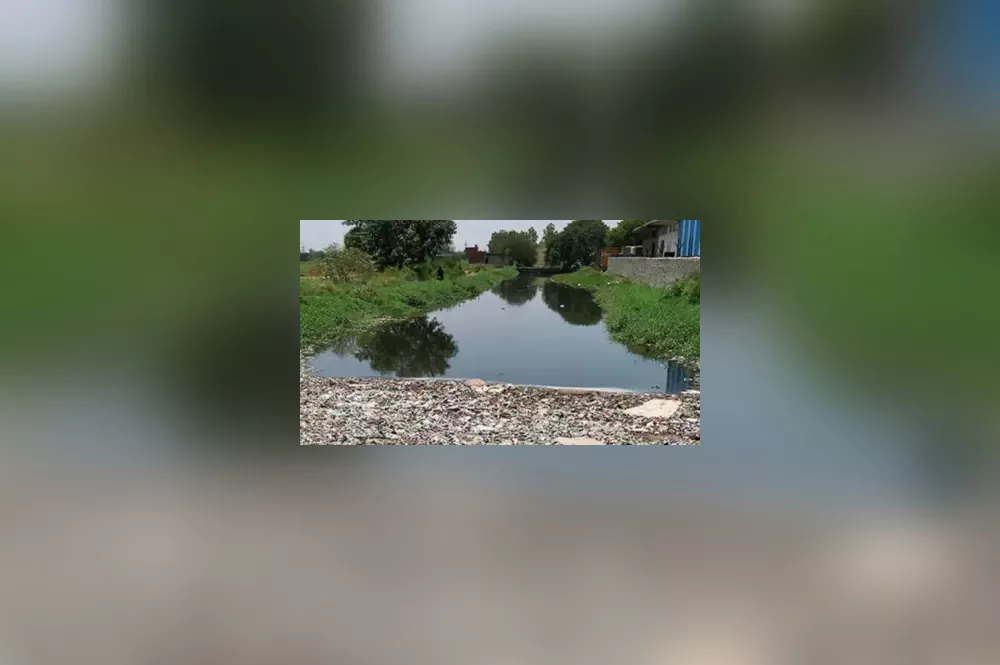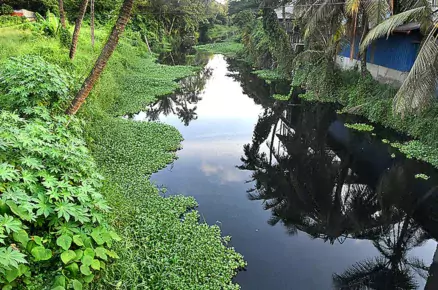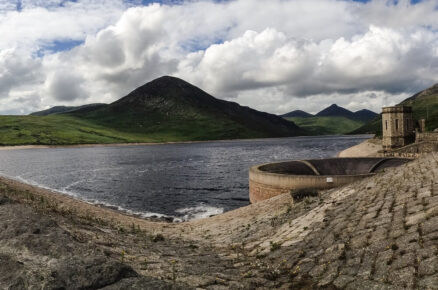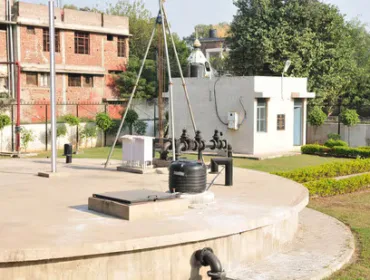According to officials, the aim is to be able to release treated sewage water into the water bodies without polluting them.
WD News: The state pollution board in Haryana is set to tweak levels of pollutants, and other components allowed in treated sewage water before it is released into rivers or other water bodies.
The move, which also involves finalizing the permissible standards for some compounds that were earlier undefined, will pivot Haryana’s focus to ensuring that discharged wastewater does not pollute waterbodies.
For long, the focus has been on just scaling up sewage treatment capacity, and not the quality of water treated at the plants.
As per Officials, the Haryana State Pollution Control Board (HSPCB) will alter the permissible standards of parameters that affect water quality. For instance, the pH value (a measure of how acidic a substance is) of water discharge is currently permitted in the band of 5.5 to 9.0. The board wants this spectrum to be 6.5-8.5 if treated sewage is being released into a water body.
Similarly, permissible standards of other parameters such as biochemical oxygen demand (BOD) and total suspended solids (TSS) are likely to be revised. BOD should be less than 10 mg/l and COD should be lower than 50 mg/l if treated wastewater is being released into any water body, according to the proposal.
Currently, BOD of 10 ml/l and 50 mg/l is allowed for discharging treated sewage into a water body. In addition to that, the board will define the amount of magnesium (mg/l), Hg (Mercury) (mg/l), Pb (Lead) (mg/l), and other heavy metals allowed in the treated water.
“It was the irritation and agriculture department that suggested filling up water bodies with treated water. The fear is that wastewater may percolate into the ground and contaminate groundwater. We consulted experts, who told us treated wastewater can be of a specific standard for purposes like bathing, and other uses. This is why we have proposed new standards,” said P Raghavendra Rao, the chairman of HSPCB. He added: “Once the new rules are imposed, it will help improve the quality of water of rivers, and help revive water bodies in the state.”
Proper treatment of sewage is also expected to help clean up Yamuna waters. Sewage water in Gurgaon is largely directed into the Najafgarh channel that drains into the Yamuna. Most other districts of the state directly release wastewater into the river.
A survey by the Central Pollution Control Board (CPCB), carried out in Haryana between December 2021 and March 2022, found that common effluent treatment plants (CETPs) were mixing sewage with chemicals and industrial waste. Before that, an inspection by CPCB officials and other experts in 2018 concluded that high levels of ammonia were being dumped into the river from drains in Haryana.
Source & image courtesy: Times of India














